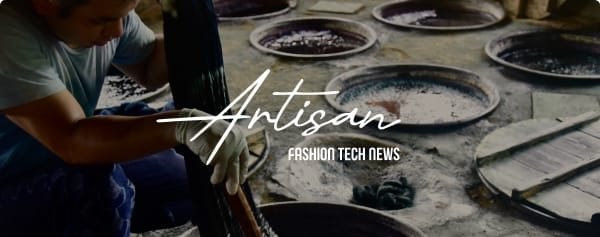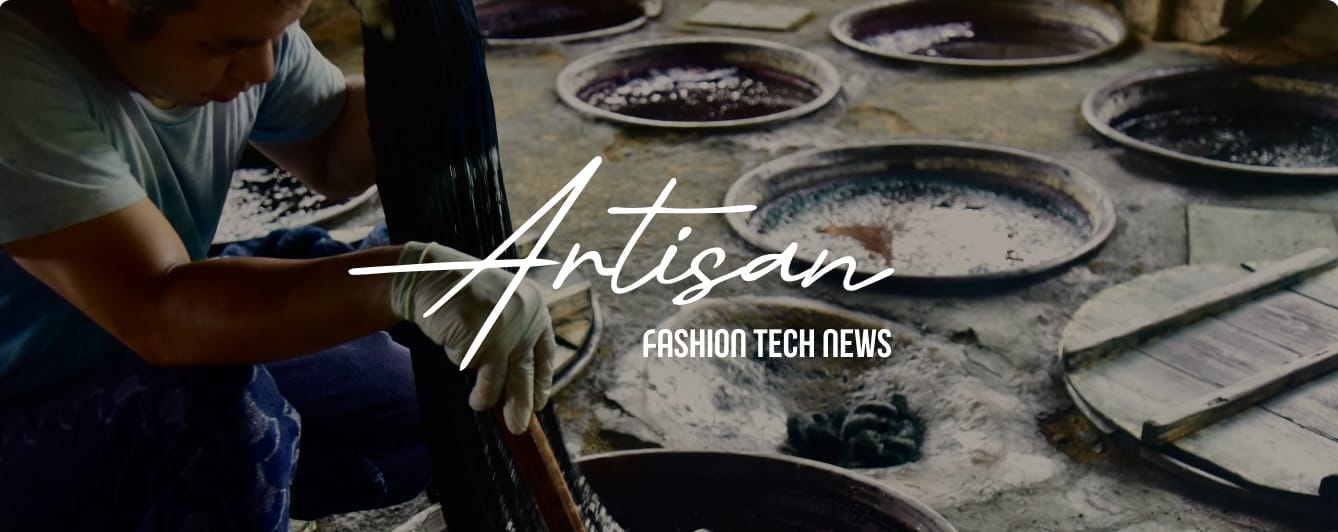12.29MON
2025.03.19
What Era Does the Clothing in "The Apothecary Diaries" Represent? Exploring the Unseen World of Hanfu

The popular anime currently airing, "The Apothecary Diaries," is a fantasy work inspired by the imperial harem of ancient China.
Many captivating characters appear, including the protagonist, Maomao, who is a poison taster, the eunuch Jinshi, and the emperor's consort, Princess Gyokuyo. The court costumes they wear are designed based on the traditional attire of ancient China known as Hanfu.
Hanfu is not very well-known in Japan. I spoke in detail with Assistant Professor Yonei from Bunka Gakuen University about its historical background, artistic expressions in the work, and key points for creating it yourself.
PROFILE
Yumi Yonei
Assistant Professor, Faculty of International Culture, Bunka Gakuen University
Completed graduate studies in the Department of Humanities at Tokyo Metropolitan University. Studied abroad as a senior research student at Shanghai Normal University. Her specialties include modern Chinese literature and women's magazine studies. She authored Chapter 2, "着る――チャイナドレス、人民服、ファッション" in the book edited by the Chinese Modernism Research Society (中国モダニズム研究会), "中華生活文化誌――ドラゴン解剖学 竜の生態の巻" (Kwansei Gakuin University Press, 2018). Currently, she teaches Chinese, Chinese cultural affairs, and Japan-China relations at university.
The Setting of the Work is the Tang Dynasty When Hanfu Flourished
First, what exactly is Hanfu?

As the name suggests, Hanfu refers to the clothing worn by the Han people. It's a traditional Chinese garment characterized by wide sleeves and flowing silhouettes, worn across a broad range of social classes from the elite to commoners.
Women's Hanfu is characterized by colorful decorations and skirts that widen significantly. Historical records indicate that skirts could be long enough to drag on the ground. In contrast, men's Hanfu generally featured a more linear and simpler design.
CONCEPT VIDEO
"fashion tech news" Unveils New Logo & Concept Video
TOP ARTICLES
RELATED ARTICLES
CONCEPT VIDEO
"fashion tech news" Unveils New Logo & Concept Video
CONTACT
If you have any questions or enquiries, please enter your details in the form below.








![[No.4]The Secret to the Expressive Techniques Only Living National Treasure Akihiro Maeta Can Create](https://images.microcms-assets.io/assets/1775a3633c8b428d9f011c6a758a8a5c/9c7bdfdde79840788867596b54617615/OGP4.JPG?w=400&fm=webp)








.png?w=400&fm=webp)

